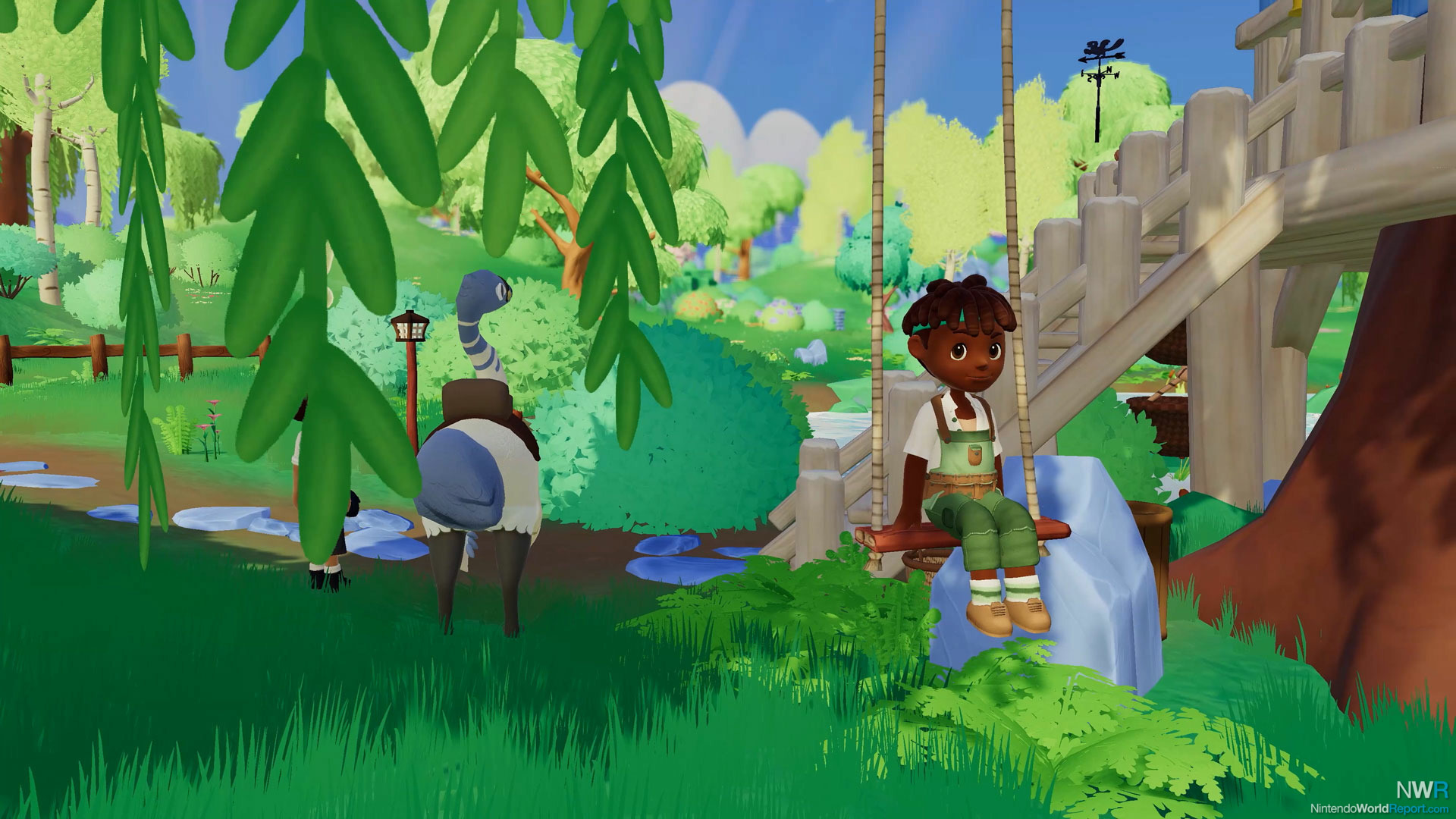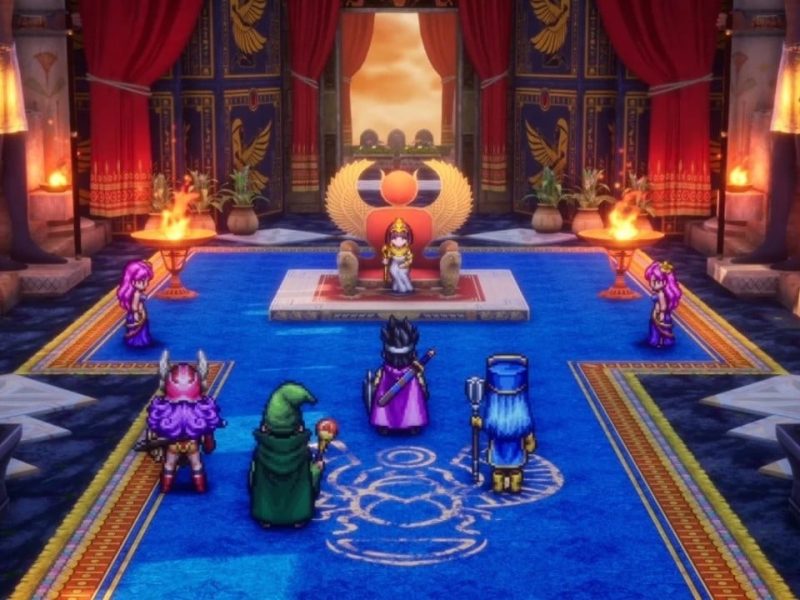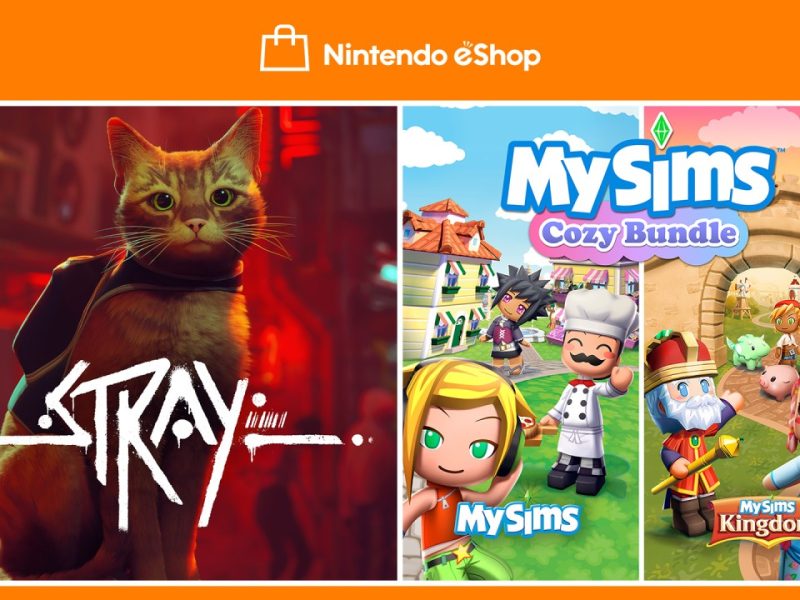Paleo Pines brings real-life dino science into an adorable farm setting.
If you have followed Nintendo World Report over the years, you might know we have a dinosaur guy in the form of longtime staffer Zach Miller. Naturally when a dinosaur game hits Nintendo systems, we unearth Zach’s fossils and see what we can do. We sent over some questions to the team behind Paleo Pines, a new Nintendo Switch game that combines the likes of farming sims with ample dinosaurs. It was a pleasant surprise when we found out that the developers at Italic Pig took into account actual dino science into their largely cartoony and colorful game. So here’s some questions and answers with Executive Producer Aimee Beimers (and a guest appearance by Animator Yazz Herron).
Nintendo World Report (NWR): What led you to make Paleo Pines? Were dinosaurs always the focus? When did the idea of linking dinos and farming come into play?
Aimee Beimers (AB): The concept originally came to life out of a Game Jam in 2019 from its original creator, Jordan Bradley. The concepts struck a chord with so many people and within the Italic Pig studio that the game as we know it today began to take shape in those early days of development. It was in the summer of 2020 that we really hit upon the core vision for the game beyond befriending dinos: as a whole it is a love-letter to childhood, and those long breezy summers we all remember. This vision helped tie everything together – mechanically, visually, and in the audio too. Paleo Pines as we know it now was born.
NWR: I see a lot of different gameplay “types” in here, from Animal Crossing and Stardew Valley to Fantasy Life and Jurassic World: Evolution. How do they all feed into each other? What is the player trying to accomplish each day?
AB: These games have a lot in common, even if they don’t look like it at first! Within each, you generally start out as a new member of a community- an island, a town, a city or anywhere and begin to figure out what you need to do.
Paleo Pines makes good use of the trope with a fun blend of the usual standards; you’re new to the valley but you’re fixing up an old property. You don’t know anyone, but you’re throwing yourself into the community as soon as you can! You’re immediately given clues as to your quests and can get stuck in right away.
The similarities to Jurassic World are clear – finding dinos, building pens, and caring for them – but in Paleo Pines, we live by the rule that it is Survival of the Kindest. Our dinos don’t attack one another and live in harmony on your ranch.
As with games like Slime Rancher and Pokémon, Paleo Pines hugely appeals to the collectors. Even with farming and exploration being huge parts of the gameplay, befriending a wide range of dinos seems to have the most appeal with our players! What we’ve discovered is that Paleo Pines goes beyond this simple mechanic and our players form real bonds with the dinos they befriend – a joyful experience that should be credited to our dev team for putting so much personality into each dino!
Another aspect of Paleo Pines that we were keen to ensure was in the game is the idea of passive game interaction – we wanted a world where you have jobs to do and areas to explore, but other things you don’t ALWAYS have to be doing. We have players that simply have a hard day at work and have told us they sit on a bench in the game and just soak in a herd of dinos playing in the valley for 20 minutes as a way to relax.
We’ve tried to ensure that a player’s day can be what they make of it – they can explore, follow on with a quest, venture out to befriend more dinos, farm on their ranch, seek out townsfolk… they day is full, but without stress – unless the ultra-rare dino you’ve discovered doesn’t like the treat you give them, of course! There’s something in Paleo Pines to appeal to everyone who enjoys farming, creature collector and exploration games.
NWR: I’m absolutely tickled by the list of genera in the game. Carnotaurus is my favorite dinosaur! I’m also impressed that you have some notable (and relatively obscure) non-dinosaurs in the game, like Desmatosuchus! Was it tough to pare down your list? Were there any critters that didn’t make the cut that you were sad to see go?
AB: It was very tough to pare down our list! Our decision on which to include was based on the dinos that we knew would offer the most gameplay for players in the regions we have launched with. The Spino is definitely a fan favorite that we want to get into Paleo Pines eventually!
NWR: Similarly, I’m very appreciative of your attention to detail with these animals. Despite the very cartoony aesthetic, I’m surprised by how recognizable they are. How did you match the art style with the real design and look of the dinosaurs?
AB: We were lucky enough to have the input of a real-life paleontologist to turn to when our modelers and animators had questions! Natalia Jagielska was brilliant in allowing our team to reach out throughout the production and has even done an analysis for us of several of our dinos to evaluate how close to known scientific fact they are. It was this knowledge that we layered over the wholesome style originally created by Jordan Bradley.
NWR: What are the different “classes” or “jobs” that the dinosaurs have?
AB: Every dinosaur in the game will have two skills – one farming and one wild skill. Farming skills can be tilling the soil, harvesting, planting seeds and watering crops. They make handling your daily farming chores so much easier! When exploring the world of Paleo Pines, dinosaurs can also assist by smashing rocks, stomping logs, slashing bushes and sprinting – meaning you can discover new and hidden areas! It’s not so straightforward, though. Before a dino will do any work for you on the ranch and beyond, you first need to befriend them and earn their trust!
NWR: How do you find and befriend new dinos?
AB: Dinosaurs can be found all over; some roam in herds across rolling hills, others lurk alone in waterfall clearings. It’s your job to get out and discover them all! If you decide to try and take one home, you will need to befriend them. Mari will take you through the process of feeding treats and soothing creatures until they are ready for the secret ingredient – a delicious poppin in their favorite flavor! If the dino takes the treat and likes it, you have made yourself a new friend and can seal the deal with a little pat on the head or boop on the nose. After the befriending process, you can begin to work on building the trust of your new best friend until they trust you enough to allow you to saddle them up!
NWR: How large is the game world? Is exploration a big part of the gameplay?
AB: Paleo Pines is an expansive island with three different biomes holding two marketplaces and a bunch of NPC homes! From the forested Dapplewood to the sandy Ariacotta Canyon, there are tons of areas populated with 38 different dinosaur species – some of which you’ll need to look extra hard for or even enlist a dino’s help to unblock! Of course, everyone plays differently, and there are certainly people who get so distracted by cute Styracosaurus’ that they haven’t even begun to explore, but your main goal for coming to the island was to help your best friend Lucky find other dinos like her, and to do this you will need to fully explore Paleo Pines!
NWR: Launching a game on multiple platforms is always a challenge. What was the process for making this game for Switch, Xbox, PlayStation, and PC?
AB: For most of the development we worked exclusively on PC, not knowing which consoles we’d eventually be asked to support. However we’d always expected to port it in general, so we had a framework in place to abstract important platform features like save data, achievements and so on. When the time came, we had to write implementations of that for each platform, then deal with features unique to particular platforms (e.g. PS5 activities). We also had to optimize for each platform without disrupting the others.
Switch was a special case, so we had a partner to help us port the game, and in particular to optimize – it started out very beautiful, but running at what felt like 2 FPS. We had to duplicate all our levels in order to make the necessary changes for Switch without affecting the other platforms.
Our approach to porting to different platforms is probably very similar to other developers, but the biggest challenge for us was ensuring that the visual experience on the Switch was comparable to the PC version – or at least as close as it’s possible, given the nature of the Switch console. This was a very high bar to meet and we’re very pleased with the result.
NWR: What are your favorite dinosaurs and did that lead to any biases during development as far as how different dinos were used and implemented?
AB: The people closest on our team to the dinos are the animators so we put this question to Yazz, who was responsible for animating many of the dinos in the game.
Yazz Herron: As an animator, it’s always easy to start to find favorites among the herd. Archaeoptryx, for example, was so fun to animate that he quickly came into my top three! Although every dinosaur got the same amount of love and attention, there may just be some secret animations that belong to a few favorites of mine! Have you ever put a picnic table in your gallimimus pen?
NWR: What is a fun dinosaur fact you uncovered during development that stood out to you?
AB: The one that’s stood out to us time and time again is the two ‘dinos that aren’t dinos’ in our game – Postosuchus and Dimetrodon are in the game but aren’t scientifically dinos. We get a lot of reminders of this!


